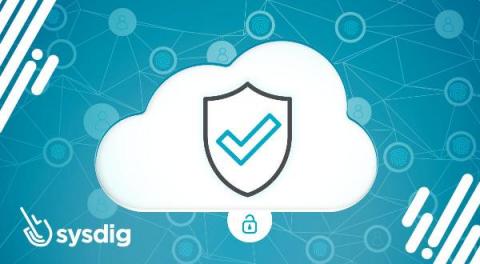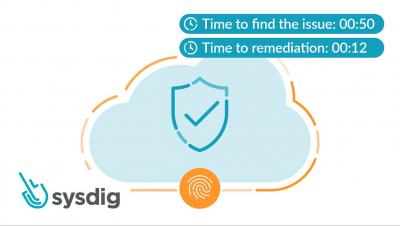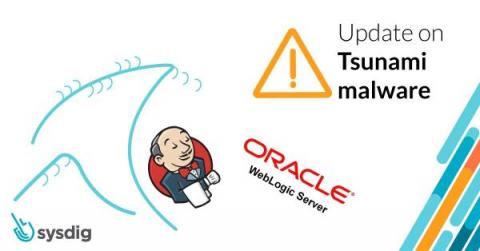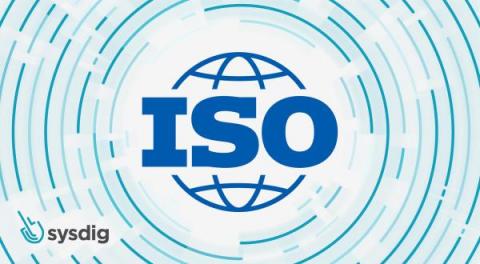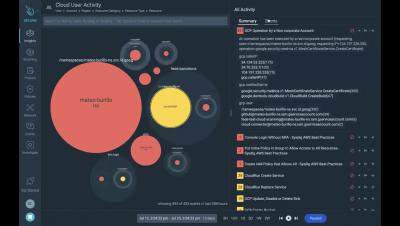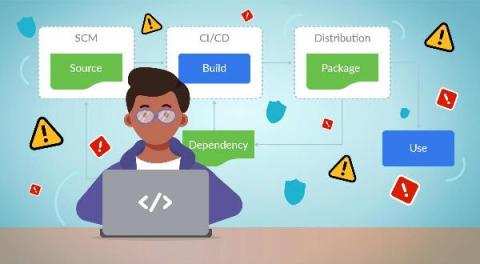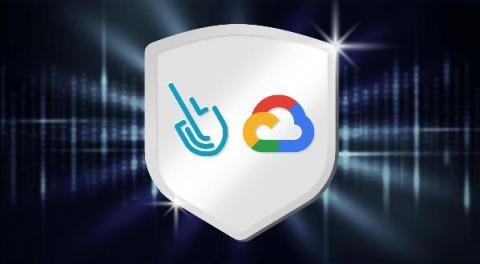Tales from the Crypt o' mine - Four spooky short stories
Halloween is around the corner! 🎃 Imagine that you’re with your cloud-native friends, sitting around the fireplace, having some s’mores, and telling spooky stories. Here are our best spooky stories for the cloud community. Enjoy them, and have an awesome Halloween!



